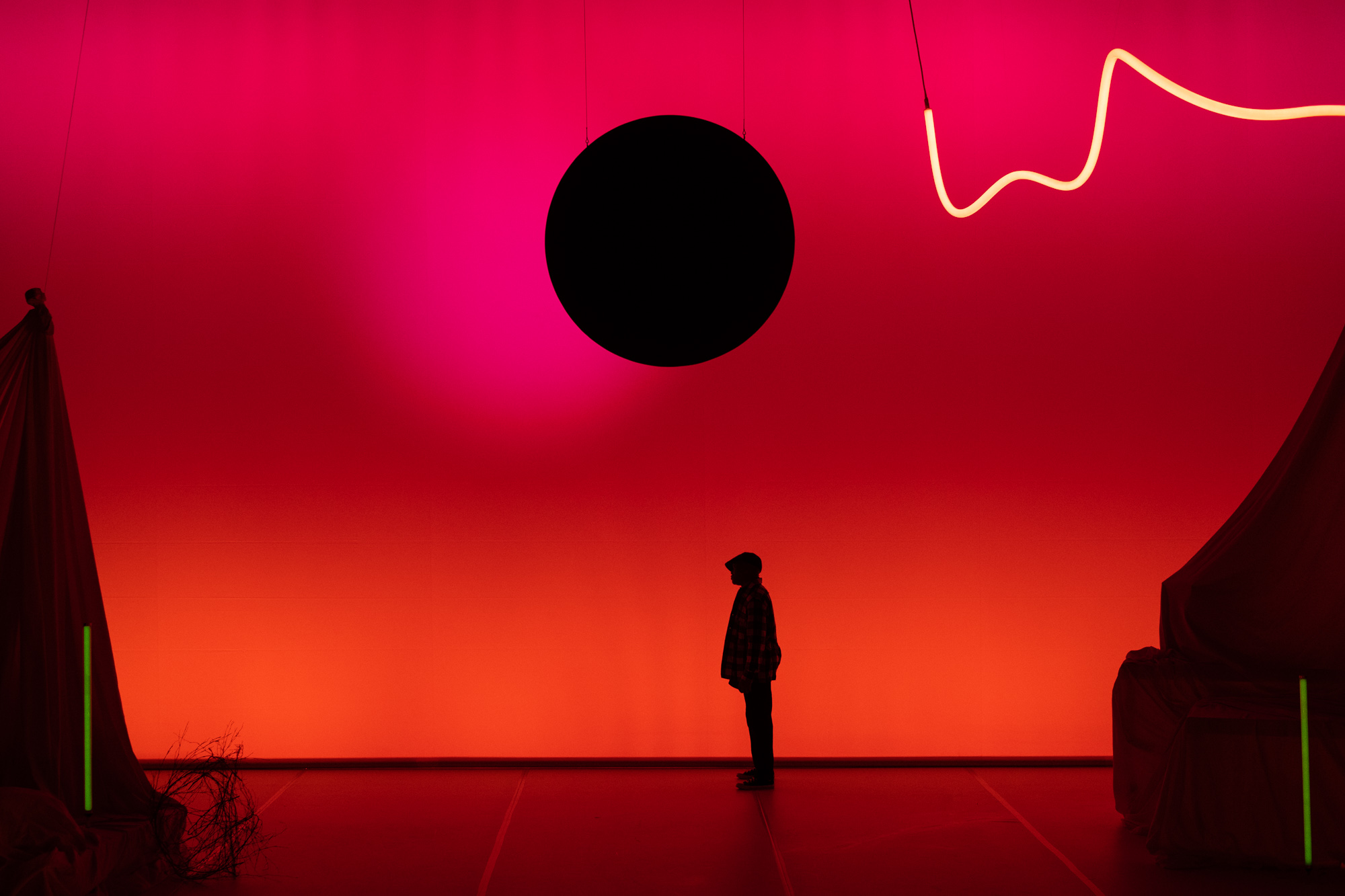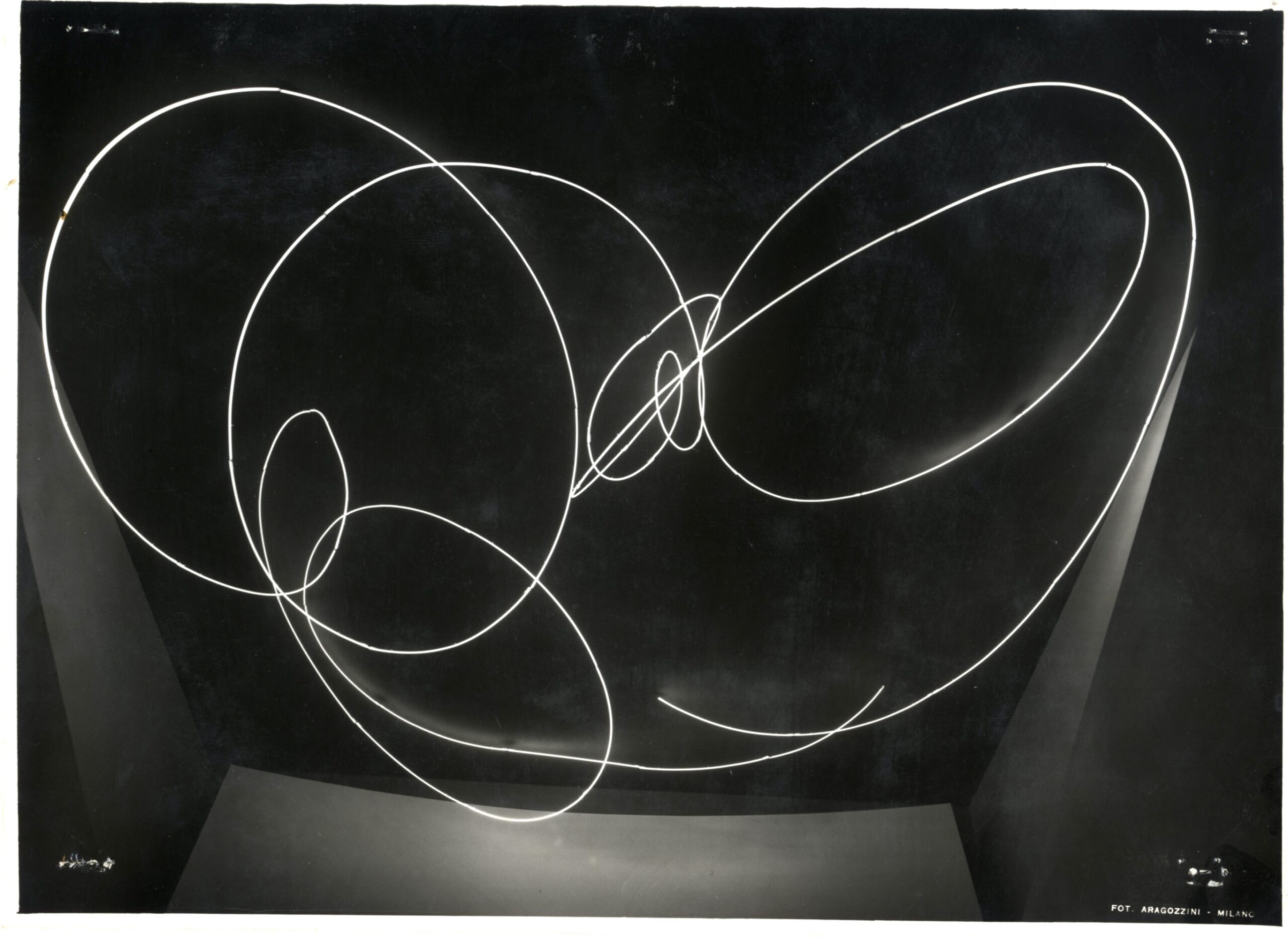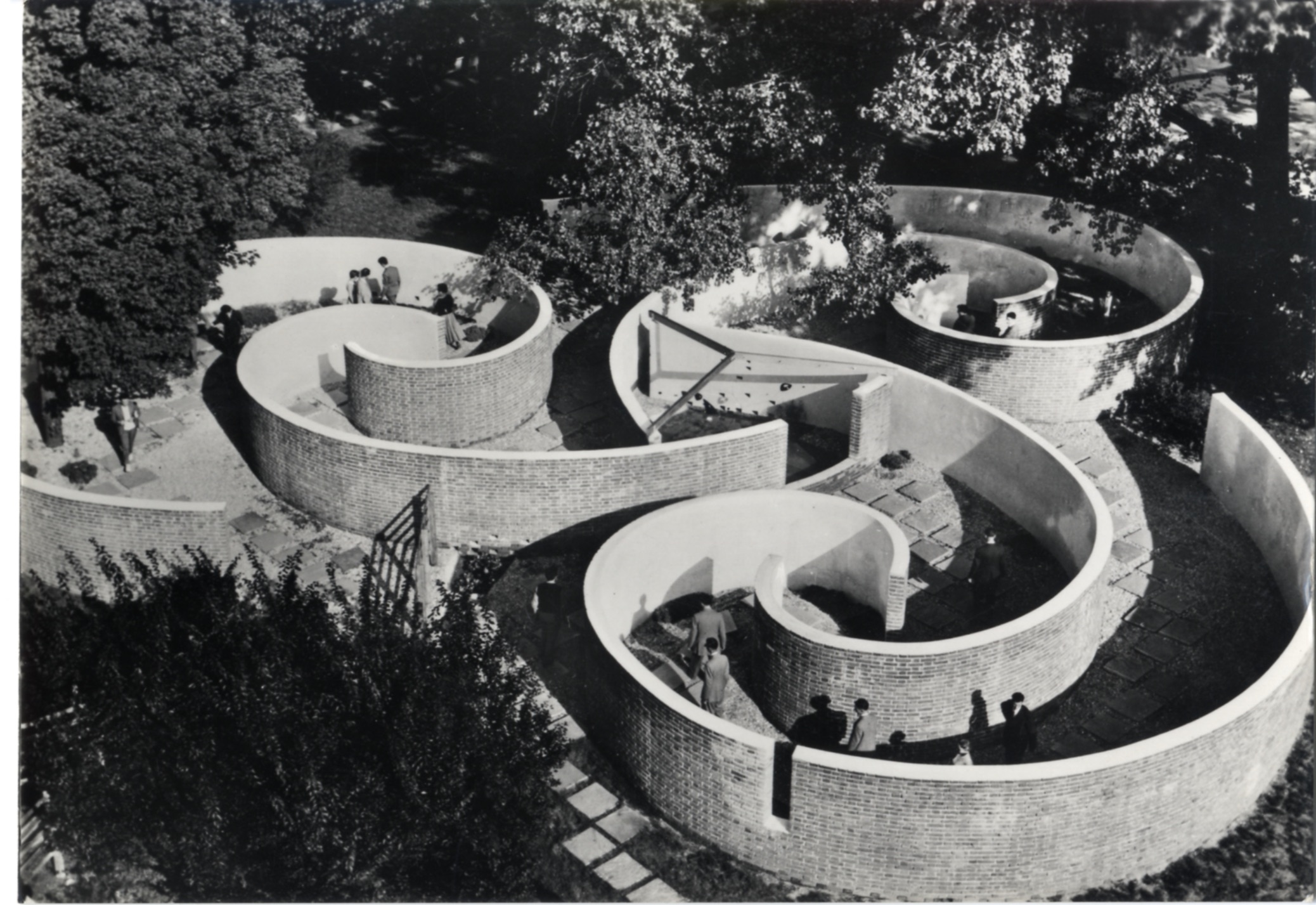For its 2023 centenary, Triennale Milano has scheduled three core exhibitions followed by the unveiling of a new open archive space – the grand finale of an event which will not only look at the past 100 years but set the tone for its next 100
 Photography by Philip Frowein featuring How a Falling Star Lit Up The Purple Sky by Jeremy Nedd & Impilo Mapantsula
Photography by Philip Frowein featuring How a Falling Star Lit Up The Purple Sky by Jeremy Nedd & Impilo Mapantsula
Words by Dawn Hung
One of the original intentions of museums was to preserve tangible material evidence of humankind. Archives share the same preservation purpose. But things have changed since the opening of The Depot, the open archive of Museum Boijmans in Rotterdam.
Nearby Het Nieuwe Instituut launched its dedicated exhibition space, Open Archive, and countless audience-retaining online archives have bloomed during the Covid-19 pandemic period. The grey area between the two cultural spaces widens when ‘open archive’ becomes the new buzzword.
And, in a project scheduled to open at the end of 2023, commemorating its centennial anniversary, Triennale Milano is vibing with its peers by reconfiguring the ground-floor left wing of Palazzo dell’Arte as an open archive, currently code-named Spazio il Magnete and restoring the original open plan intended by its original architect, Giovanni Muzio.
As the president of Triennale Milano, Stefano Boeri, explains: ‘We are looking at our 100 years anniversary as an opportunity to think of the next 100 years, to open up reflections on our future, which for all of us, but particularly for new generations, is something that is increasingly elusive and difficult to focus on. From this perspective, the biggest and most ambitious challenge we started working on a few years ago is to return to being a school with a public mission.’
 Photography courtesy of Triennale Milano
Photography courtesy of Triennale Milano
Three exhibitions have been announced as a prelude to celebrating the anniversary – and to set the tone for the Triennale’s coming century. A renewed edition of the Museo del Design Italiano – curated by the new Triennale Design Museum director, Marco Sammicheli – will present the history of Italian design from 1923 to the present day.
A diorama format will be adopted to contextualise a new selection of work in a more public- enticing set-up. This will be orchestrated in a series of interiors: three houses, one bathroom, one garage, one graphic design studio and one computer room.
As Sammicheli says: ‘When we tell the story of material culture, we tell the story of something once belonging to everyday life, in terms of their materials, shapes, volumes, and colours, which are related to a change of behaviour in society and show how design permeates into our everyday life.’
A corridor directly after the seven dioramas will house a section focusing on archival printed matter – featuring maps and graphics unearthed from the archive by Italian maestros such as Enzo Mari and Ettore Sottsass.
 Photography by Vincenzo Aragozzini featuring IX Triennale (1951), View of Lucio Fontana’s neon over the main staircase at Triennale
Photography by Vincenzo Aragozzini featuring IX Triennale (1951), View of Lucio Fontana’s neon over the main staircase at Triennale
Design Platform, a new space dedicated to temporary but timely exhibitions, will rotate shows every four or five months, inviting designers to showcase their work in response to pressing global and societal issues. The April opening kickstarted with Text, exploring the relationship between text and textile, and presented new commissions by Pierre Charpin, Henrik Tjaerby and Lupo Borgonovo.
Triennale Home Sweet Home followed in May. This architectural survey-based show presents site-specific installations and immersive works by architects including Matilde Cassani and Assemble. As curator Nina Bassoli explains, the exhibition will explore how the transformation of domestic space acts as a means to express a sense of care.
The audience can dig into various home-related issues, such as gender and the work of care, leisure and the relationship between home and nature through an ecofeminist perspective. As well as highlighting the female architects and designers dormant in the Triennale’s archive, material from past exhibitions will also be incorporated.
Italian Painting, the final act of the trio of exhibitions, will open in October, curated by Damiano Gullì. More than 100 works by Italian artists across different generations from the 1990s to the present will be on show, drawing on the history of Triennale Milano’s Mural Painting Gallery.
 Photography by Fotogramma featuring X Triennale (1954), Aerial view of the Children’s Labyrinth designed by the B.B.P.R. group, built in Parco Sempione for the X Triennale
Photography by Fotogramma featuring X Triennale (1954), Aerial view of the Children’s Labyrinth designed by the B.B.P.R. group, built in Parco Sempione for the X Triennale
And the grand finale at the end of the year will see the opening of Spazio il Magnete, designed by Milanese architect Luca Cipelletti. As its name suggests, the space is setting out to attract the public.
Flexibility will be the key feature. Cipelletti says: ‘The great thing about the original architecture is to allow people to do whatever they want. The space will go back to the second point of renovation conceived by Giovanni Muzio. The main challenge is to preserve all the beautiful ceilings.’
Triennale president Boeri stresses its open research functionality: ‘The general direction of the whole project is dynamic, participatory and interactive. This new set-up will represent a place for research open to everyone, that can be considered as a magnet attracting ideas, reflections, and curious people in general.’
Cultural initiatives and exhibitions giving immediate visibility to new acquisitions will be held here, and the Triennale Milano research centre, founded in 1935, will be reactivated and linked to this new physical space. As Boeri concludes: ‘This project will ride the wave of our centenary, but it actually rises from the deeper need to make culture more available to a different range of audiences – to be present.’
Get a curated collection of design and architecture news in your inbox by signing up to our ICON Weekly newsletter
















